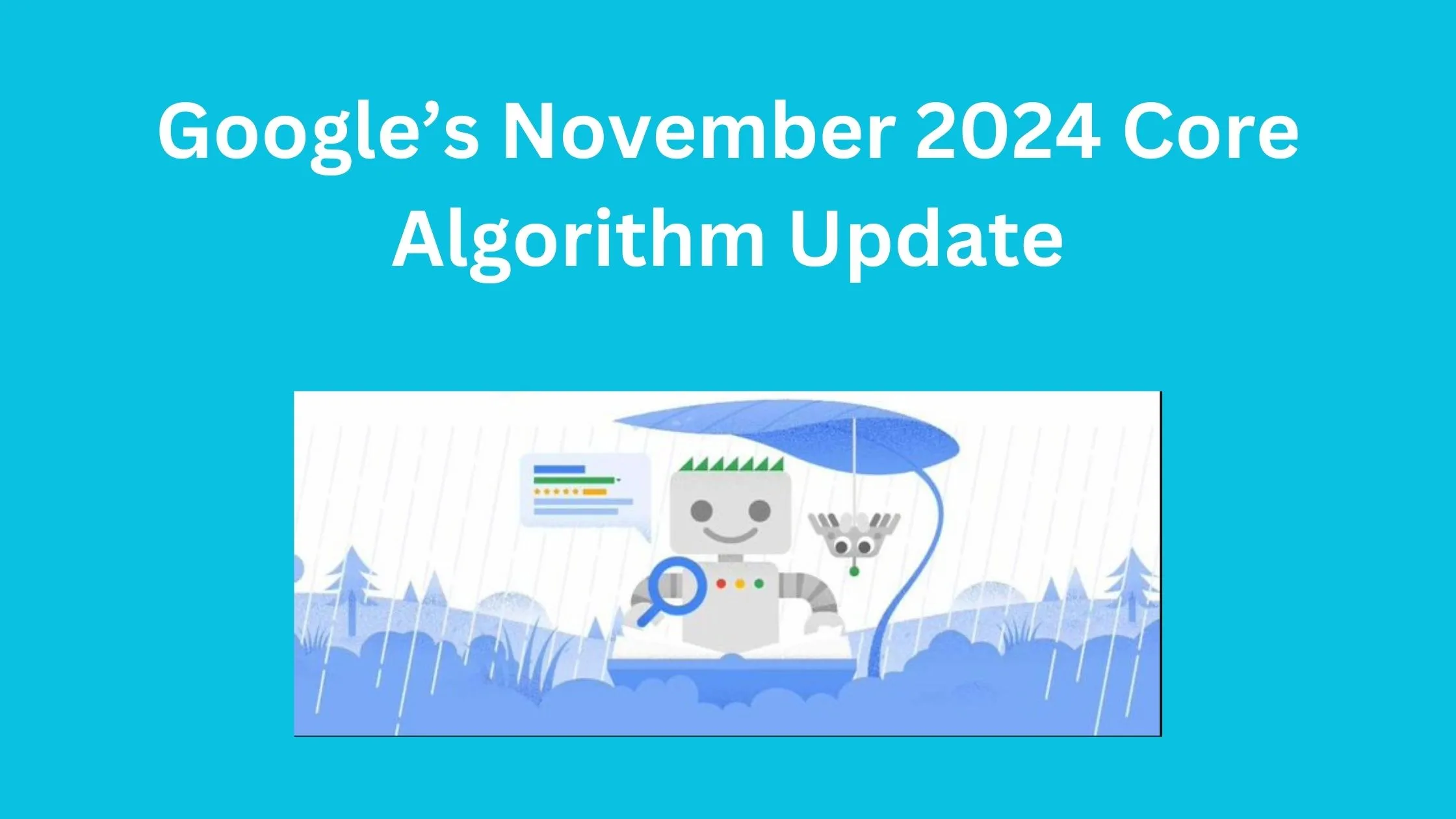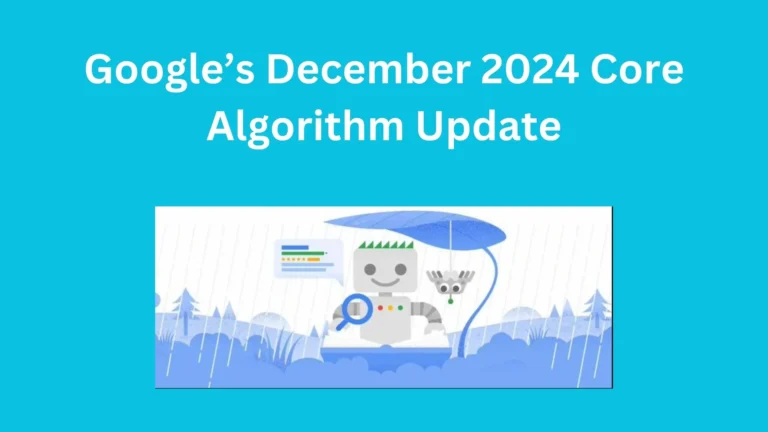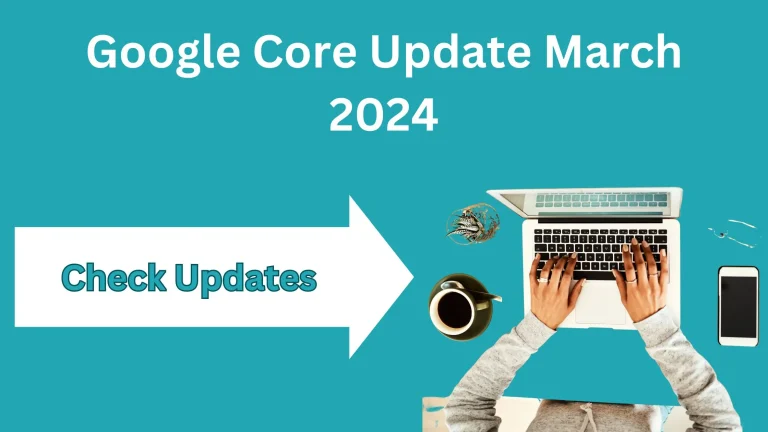Understanding Google’s November 2024 Core Algorithm Update

In November 2024, Google released a new core algorithm update aimed at refining how sites are ranked and improving the relevance of search results.
With each core update, businesses and SEO professionals experience shifts in website rankings and traffic.
This article will delve into the changes, how they may impact your site, and offer strategies to help you navigate this latest update effectively.
Why Core Updates Matter
Google’s core updates typically focus on enhancing the quality of search results, making them more useful and relevant for users.
Unlike specific updates (like those targeting spam or low-quality content), core updates are broader, affecting the algorithm’s fundamental processes.
Each update can affect millions of websites, causing ranking fluctuations as Google reevaluates what content meets its current standards of quality.
What Impact Could You See?
A core update of this nature can cause shifts in rankings and potentially impact website traffic, especially for competitive niches. Some site owners may experience significant traffic increases, while others could see declines. It’s essential to monitor these changes over time, as adjustments will likely stabilize a few weeks after the update’s initial rollout.
To better understand how the update is affecting your site, use Google Analytics and Google Search Console to track performance. Focus on identifying trends in keywords, page visits, and user behavior to gain insights into what’s working and what might need improvement.
Steps to Optimize Your Site Post-Update
Don’t make a sudden changes in content, analysis the competition and wait until to know the progress of rankings movements.
If you notice a drop in rankings after the November 2024 core update, here are actionable steps to help recover and improve your site’s SEO.
This steps are basics to improve SEO:
- Enhance Content Quality: Review your pages to ensure they offer unique insights, in-depth information, and clear value to users. Avoid thin content and prioritize topics your audience is searching for. Frequently update older pages to keep information current and relevant.
- Focus on User Intent: Evaluate whether your content aligns with the search intent of your target audience. Break down high-ranking pages to understand the content structure, depth, and engagement style that appeals to users, then make similar improvements on your site.
- Improve E-E-A-T Signals: Expertise and authority are central to establishing trust with both users and Google. For each page, showcase the author’s qualifications or link to authoritative sources. Add customer reviews, case studies, or expert quotes to increase credibility.
- Audit Technical SEO: Ensure your website is technically optimized. Run a site speed test and consider tools to help improve page load times. Fix any broken links, update your site’s security certificates, and regularly audit for mobile usability. Technical improvements can support better rankings.
- Analyze Competing Pages: For pages that have lost rankings, identify the top-performing competitors. Look at how they structure content, keywords used, media elements, and other user-engaging strategies. Incorporate relevant insights to refine your approach.
When to Expect Results
Recovering from a core update can take time—often several weeks or even months. Google recommends a long-term focus on quality rather than implementing quick fixes. Consistently creating high-value content and keeping your site technically sound will set your site up for success with future updates as well.
Adapting to Google’s Core Algorithm Changes
Core updates like the November 2024 rollout are reminders of Google’s ongoing commitment to delivering valuable content to users. While these updates can cause temporary fluctuations in traffic and rankings, they are ultimately an opportunity to align your website with Google’s evolving standards.
By focusing on user-centered content, maintaining technical health, and fostering trustworthiness, your site can remain resilient to future updates and build a sustainable SEO strategy. Keep a close eye on Google’s guidelines, and remember that improving site quality is a continuous process that benefits your users and your search rankings in the long run.
Related Articles
Google Core Update March 2024
Google Algorithm History
Google Algorithm Core Update December 2024

With 5+ years of SEO experience, I’m passionate about helping others boost their online presence. I share actionable SEO tips for everyone—from beginners to experts.


